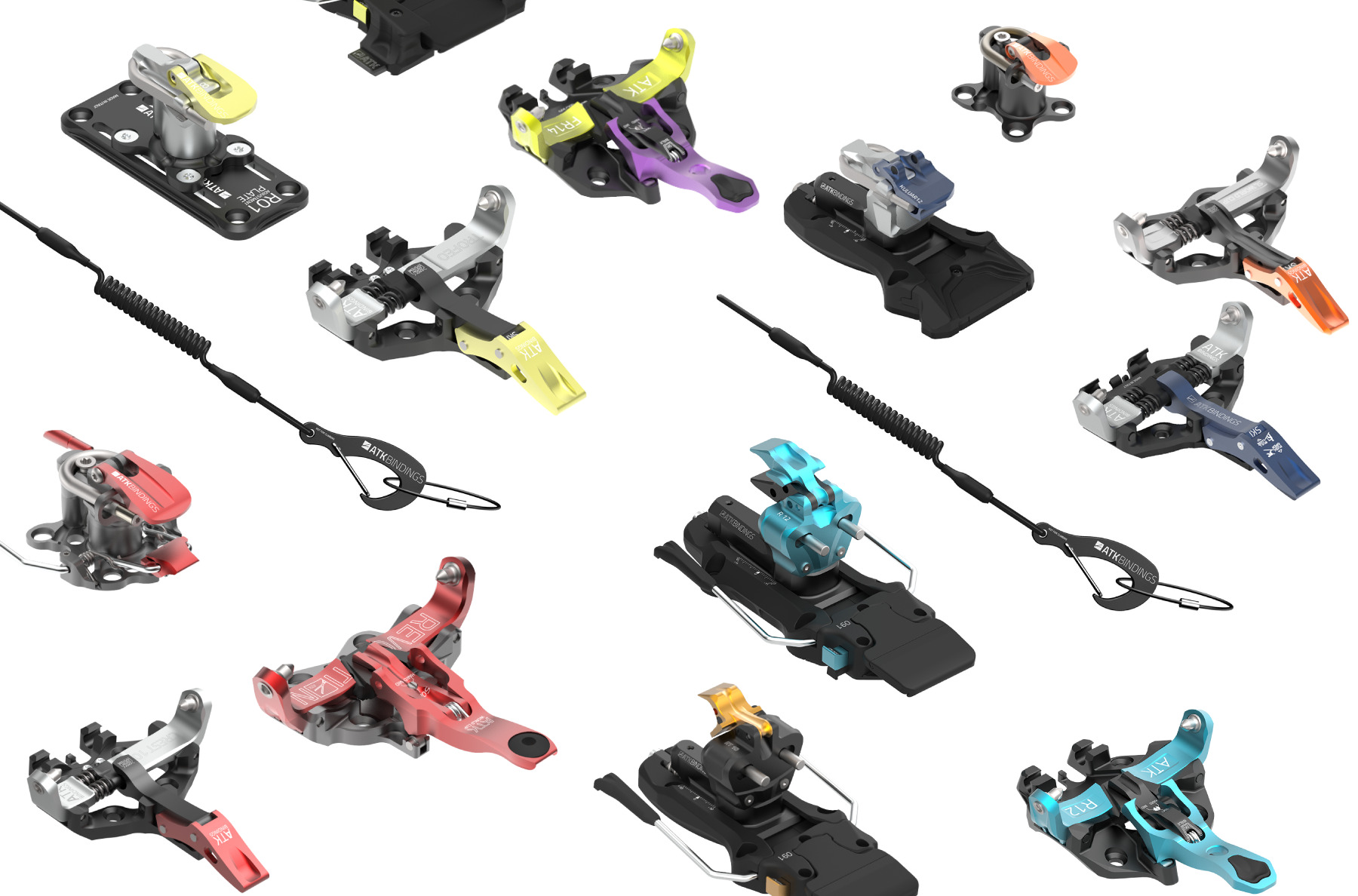
In part two of our conversation with ATK CEO (and one of ATK’s chief product testers), Davide Indulti, we discuss ATK’s current binding lineup; the design differences between their four collections: Race, Speed Touring, Touring, & Free Touring; how Davide thinks ATK bindings stack up against the competition; some new products that are in the works; and more.
TOPICS & TIMES
- Overview: ATK’s 4 binding categories (1:33)
- ATK Kuluar binding (5:14)
- Kuluar vs. RT & Crest bindings (10:11)
- ATK Raider 12 (12:34)
- Testing products 80-90 days per winter (15:22)
- Brakes Placement: Front vs. Rear (19:30)
- ATK Raider 12 cont. (23:10)
- ATK Freeraider bindings (31:14)
- Downhill performance differences (35:47)
- Sneak Peeks (42:39)
- Releasability (50:45)
- ATK vs. Salomon & Marker bindings (56:46)
- What We’re Celebrating (1:00:57)
RELATED LINKS:

I was excited to hear part 2, and I feel Jonathan did as well as possible, but this discussion left me with more questions than answers.
For example, what do the spacers under the boot do and why/when do I want them. “They eliminate the space between the boot and ski that exists on other tech bindings.” Check, but what does this mean to me?
Also, I am no closer to determining which of the many ATK offerings is the right binding for me.
I can tell you from experience the freeride spacer makes a massive difference. It is night and day.
I put them on my Ion LT and I won’t ski without it.
Anytime conditions are less than perfect pow it is worth having it. Better control and power transmission, and way more suspension and a less fatiguing ride
I think what EZ-D meant is how does the spacer make that difference, like how does an actual solid material mean it’s better than air? Is it “dampening” akin to suspension on a mountain bike?
Happy 200th Episode! Cheers to the next 200!
A T K also is branded with Elan , they matched up perfect with the Elan Ripstick and I couldn’t be happier the skis performed great in any condition that I came across and trust me it was a odd year in Montana . For the past 6 years my primary resort skis have been rip sticks with attack bindings , other than the weight difference I felt the performance equaled my resort set up on the on the down . Thanks great product .
Brake on toe better because your boot is in toe both on ups and downs. Not true on heel on the up – so it needs a lock mechanism on the heel. Sounded like Jonathan wasn’t convinced in this.
I have both the old toe-brake Raiders and the new heel-brake FreeRaiders, and while I love both I prefer the former. In addition to not needing a separate lock mechanism, the toe brake also leaves room for a much burlier (and faster-to-adjust) freeride spacer under the heel.
Unfortunately a lot of reviews complained about the need to separately engage the old toe brake when clicking in for the downhill, and I think that between that and its unconventional appearance the market sort of forced ATK to change.
Jonathan, wrt the binding always being engaged when the boot is out, the problem is that the boot is inherently out of the heel when climbing, i.e. the heelpiece has no way to “tell” whether the boot is out or just off the ski as part of your normal walking/climbing stride.
Obviously you could add a linkage (mechanical, electronic, whatever) from the toepiece to the heelpiece, and use that to actuate a heel brake when the toe pins are disengage from the boot insert, but that would add significant weight and complexity using current technology. That’s the possibility that Davide was implicitly acknowledging when he said that you can’t say it’s impossible.